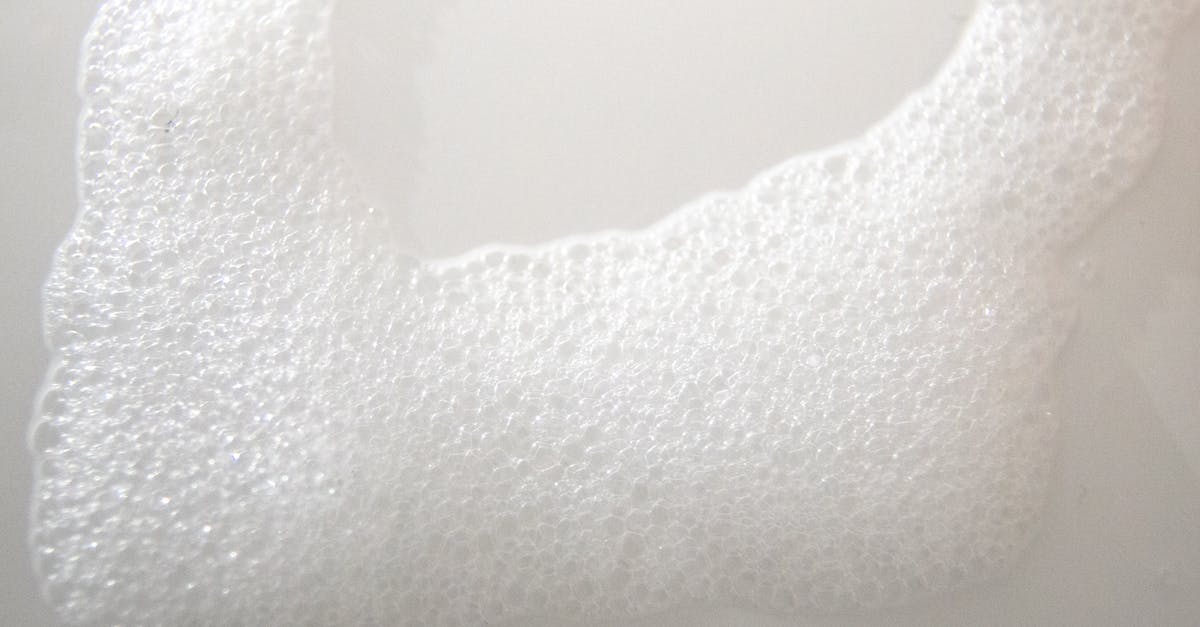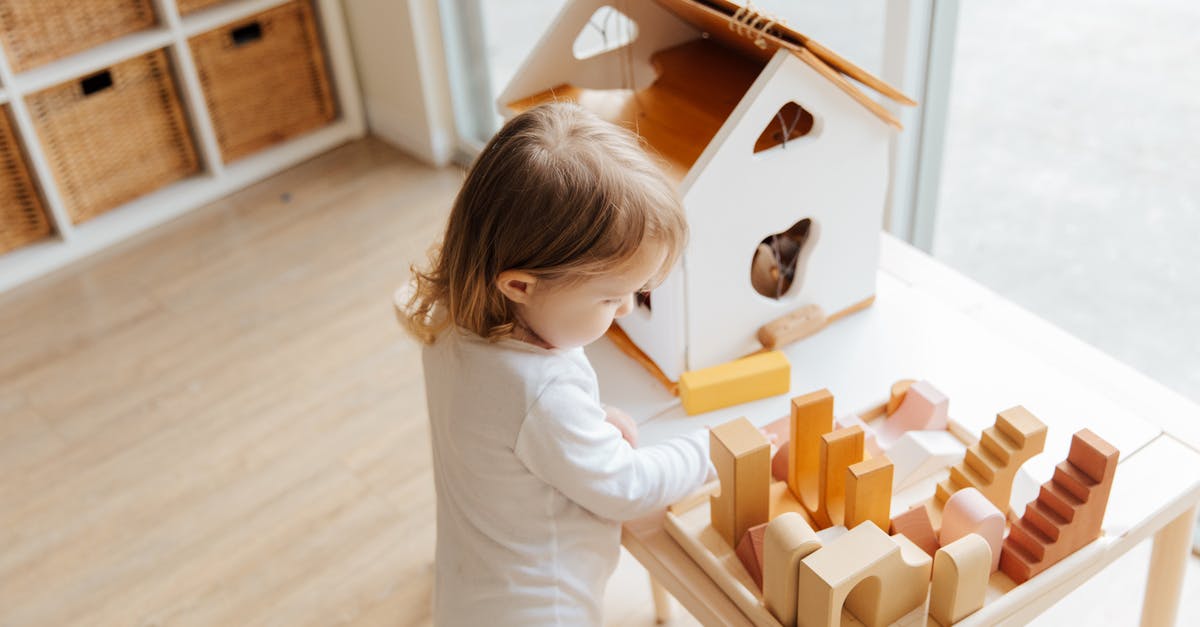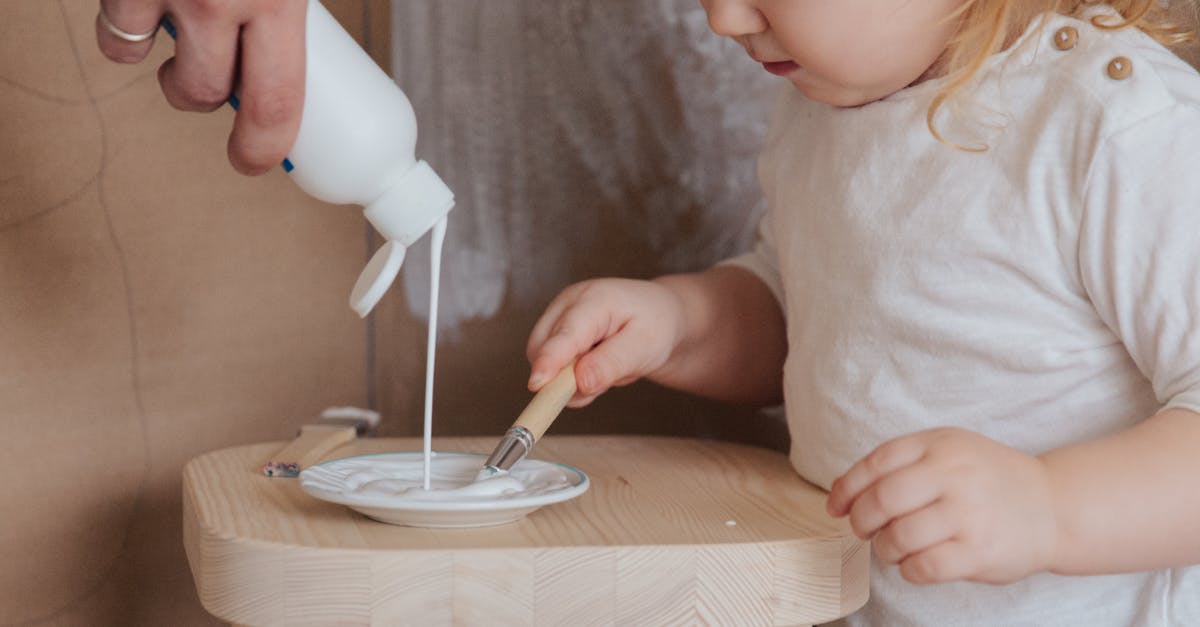Is it normal for the Chickpeas to develop white froth after being soaked for 12 hours?

Yesterday at 08:00 I had soaked white Chickpeas in water and left the container in the kitchen. Daytime temperature here is 44C.
At 20:00 the same day I saw the container covered by white froth. Is it normal for the Chickpeas to develop white froth or was it caused by the heat?
Not sure if that's edible.
Best Answer
Yes, it is normal for pulses to develop froth when soaked. I've seen it at lower temperatures and shorter soaking times. They can feel slimy too. This isn't a sign of bacteria development in itself. Chickpeas, as well as other legumes, contain lots of saponins. Saponins are a type of detergent, and they form a foam when dissolved in water. An example is found in Saponin content of food plants and some prepared foods by D. Fenwick and D. Oakenfull, published in Journal of the science of food and agriculture, vol. 34-2 (no free version available). Chickpeas, soy, lucerne, and other legumes all had significant amounts of saponin, 56 g/kg in the case of chickpeas.
Note that soaking dissolves also lots of other molecules contained in the beans. Some recommend to soak and throw out the soaking water in order to remove the oligosaccharides contained in most legumes, because bacteria breaking down these indigestible sugars produce gases as a side product, which is felt as bloating. McGee reminds us that this soaking also dissolves many of the micronutrients contained in the beans, and advises against the practice. If the beans are soaked (for shortened cooking times), the soaked water should be used for cooking. If the eaters experience bloating, the beans should be cooked for a longer time, to give oligosaccharides time to break down under temperature.
This is in the general case, but now a note on your current situation. The conditions of your chickpea soaking were risky. Your chickpeas can have developed bacteria independently of the froth. In temperate regions, soakers aren't a problem, because bacteria growth in them is not especially quick (the 2 hours rule is short enough to cover things like meat, and a soaker doesn't even have enough hydrated bacteria food initially). But I have noticed that food I would have had no problem with at 22°C goes bad in short time at 28°C. The relationship between bacteria growth and temperature is not linear, and with growing heat, bacteria growth can speed up a lot. So I don't know if I would eat the peas - not because of the froth, but because of the conditions you had them in. I would recommend that you soak in the fridge next time - you don't need any fermentation to take place, so the low temperatures aren't a problem.
Pictures about "Is it normal for the Chickpeas to develop white froth after being soaked for 12 hours?"



Quick Answer about "Is it normal for the Chickpeas to develop white froth after being soaked for 12 hours?"
Yes, it is normal for pulses to develop froth when soaked.Why are my chickpeas foaming?
While chickpeas are cooking, they release a combination of proteins, carbohydrates, and saponins, which turn into a white foam (also called \u201cscum\u201d). This applies to other legumes as well, so even though chickpeas are usually used for aquafaba, you can make aquafaba from other legumes as well.What happens if you soak chickpeas for 24 hours?
How to Soak Chickpeas. Cover the dry chickpeas with 3 inches of water in a large bowl. Let them sit in your fridge overnight, or for up to 24 hours. They will double in size.How can you tell if chickpeas have gone bad?
How to tell if cooked chickpeas are bad? If cooked chickpeas develop an off odor, flavor or appearance, or if mold appears, they should be discarded; do not taste first.What happens if you soak chickpeas for 48 hours?
Place the bowl in the fridge and leave the chickpeas to soak overnight (anywhere from 8-24 hours). It's not recommended to soak chickpeas or other pulses in the fridge for much longer than 48 hours, as they may start to ferment. Drain the chickpeas, give them a quick rinse, and they're ready to cook (see below).How to Cook Dried Chickpeas (Ultimate Guide)
Sources: Stack Exchange - This article follows the attribution requirements of Stack Exchange and is licensed under CC BY-SA 3.0.
Images: Jill Burrow, Tatiana Syrikova, Karolina Grabowska, Tatiana Syrikova
